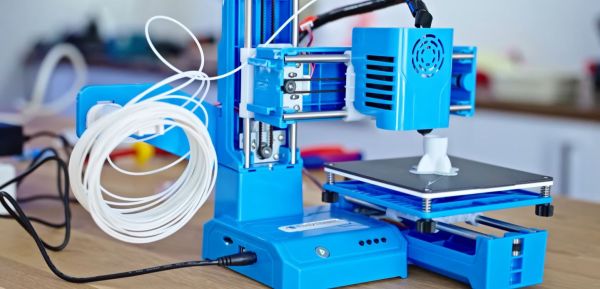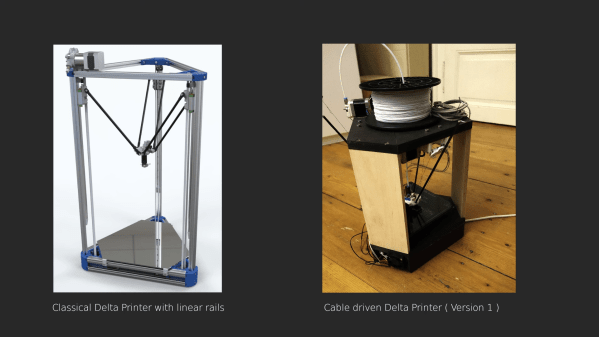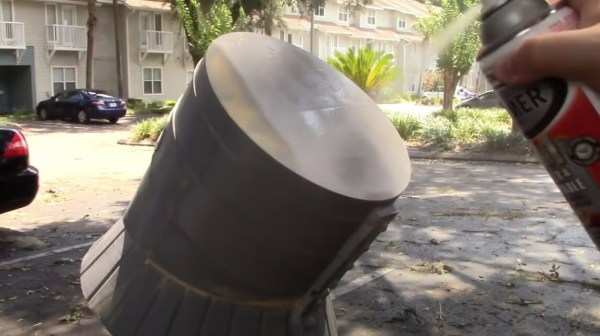Multi-filament printing can really open up possibilities for your prints, even more so the more filaments you have. Enter the 8-Track from [Armored_Turtle], which will swap between 8 filaments for you!
The system is modular, with each spool of filament installed in a drybox with its own filament feeder .The dryboxes connect to the 8-Track changer via pogo pins for communication and power. While [Armored_Turtle] is currently using the device on a Voron printer, he’s designed it so that it can be easily modified to suit other printers. As it’s modular, it’s also not locked into running 8 filaments. Redesigning it to use more or less is easy enough thanks to its modular design.
The design hasn’t been publicly released yet, but [Armored_Turtle] states they hope to put it on Github when it’s ready. It’s early days, but we love the chunky design of those actively-heated drybox filament cassettes. They’re a great step up from just keeping filament hanging on a rod, and they ought to improve print performance in addition to enabling multi-filament switching.
We’ve seen some other neat work in this space before, too. Video after the break.
Continue reading “Building An 8-Color Automated Filament Changer”






![The hot end of the EasyThreed K9 is actually pretty nifty. (Credit: [Thomas Sanladerer])](https://hackaday.com/wp-content/uploads/2024/02/cheapest_fdm_printer_hotend.jpg?w=250)











